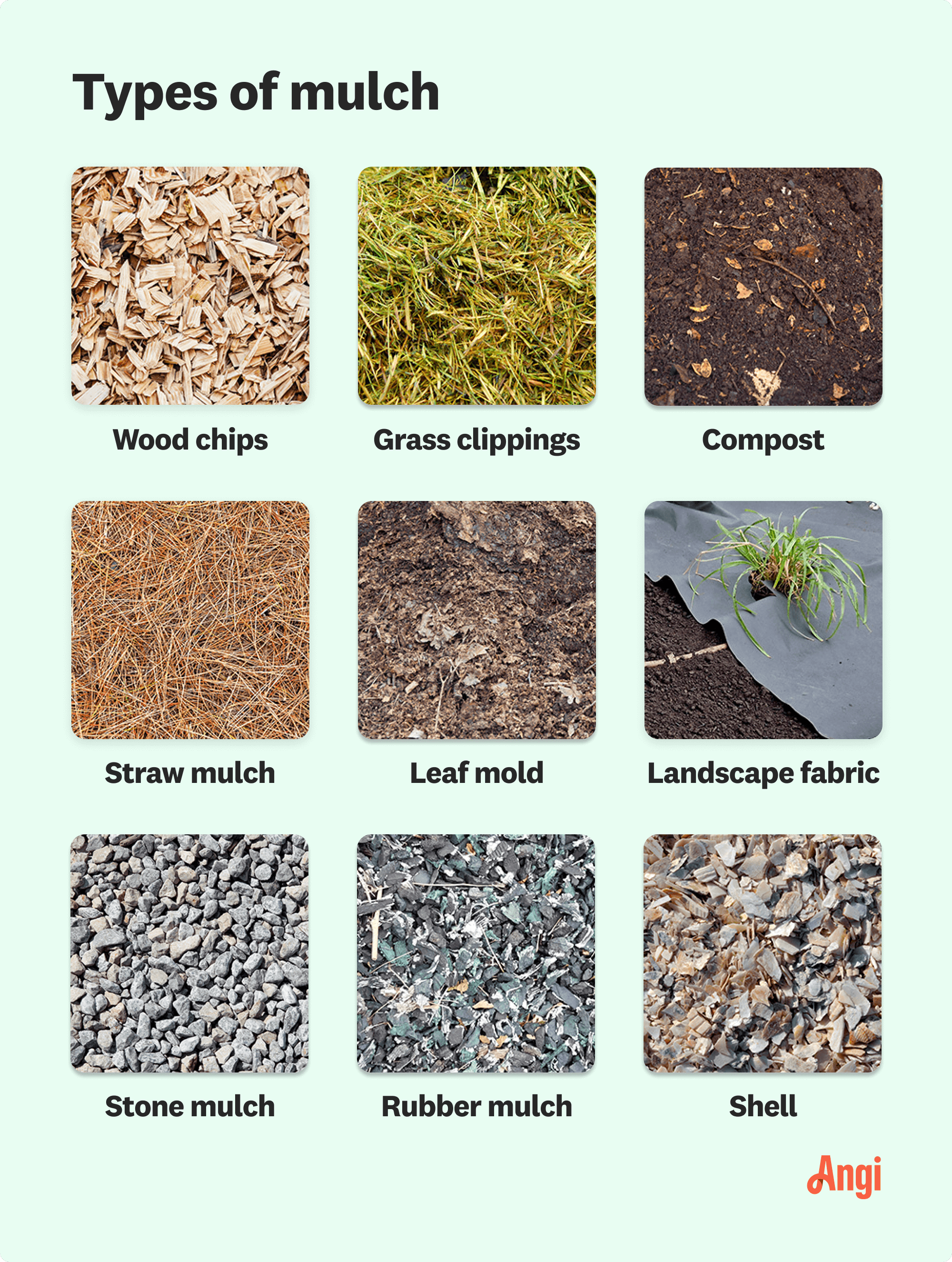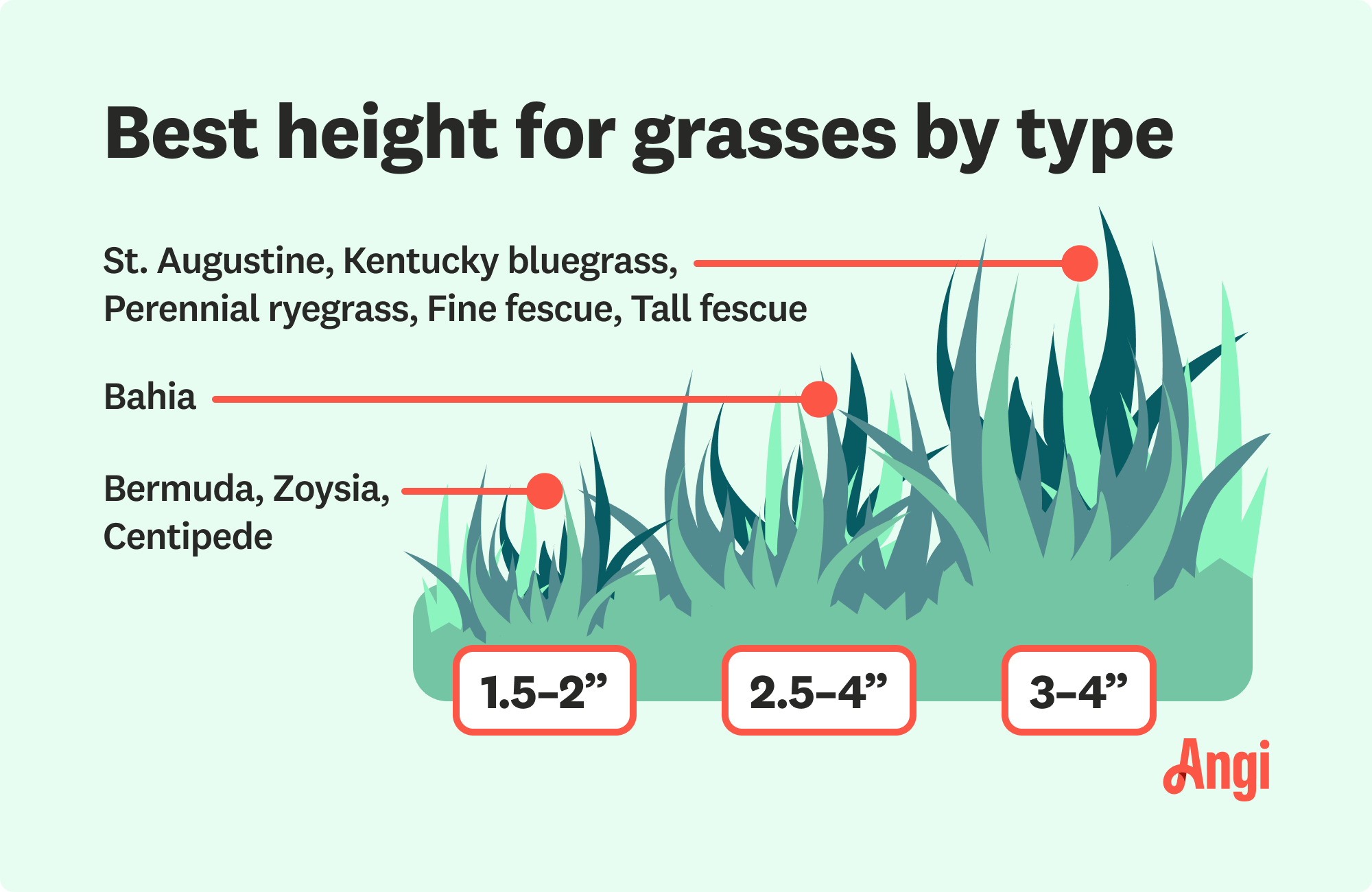
If your yard is soggy after a storm, it’s time to install a drainage system. Use this guide to learn the average cost of installing a yard drainage system.
Conserve cash and water with these irrigation tips


Grass, trees, and flowers need water to survive and look their best. But you can’t always rely on rainwater to provide enough for your plants, which is when our irrigation tips come in handy.
Watering by hand can be time-consuming, and setting up an irrigation system has to be done with care to avoid wasting water (and driving up your utility bills). To keep your lawn and garden looking lush all year long, follow these simple irrigation tips.
Whether you have a xeriscaped yard or a bountiful veggie garden, water is an essential component of keeping plants alive and healthy. There are several water-saving irrigation methods to consider using in your lawn or garden, from manual watering with a hose to setting up a timed sprinkler system.
Use these irrigation tips to determine which method is right for your water usage and needs:
Watering by hand with the hose is simple, but it takes a lot of time for larger yards.
Timed sprinkler systems will automatically water your lawn, so you don’t have to remember to do so, and you can control the amount of water used and when.
Drip irrigation or underground drip irrigation systems take more time to set up, but they provide exactly enough water to plants.
Set up an automated or timed irrigation system to optimize water usage. Smart sprinkler systems and rain sensors can detect soil moisture and weather so that your sprinklers turn on only as needed (i.e., not after a big rainstorm). A bonus: Your lawn and garden will look much healthier with the optimal amount of water.
Plus, smart sprinkler systems can detect problems and alert you as soon as they happen so that you can get everything back in working order faster.
Leaks and jams can impact the efficiency of your irrigation system and waste water, along with sprinkler heads that have low pressure or spray unevenly. You should check your irrigation system at least two times per year, typically before winterizing and at the start of the spring growing season. If you notice any leaks or broken equipment, hire a sprinkler repair service near you.
Even with a timed irrigation system, make sure to reset the watering schedule seasonally. In most locations, the temperature and rainfall can vary from season to season, impacting how much water your lawn or flowers need.
Typically, you should water your lawn deeply once per week, and water garden beds twice per week, but that changes with the season. Water to a depth of 1 inch once or twice per week throughout warmer weather. In cooler weather, water to the same depth every other week. And, once the frosts arrive, stop watering altogether.
As the sun rises higher in the sky, the temperatures also climb. To avoid losing the water you give to your grass or plants from evaporation in hot weather, try this irrigation tip: Water your yard in the morning (aim for before 9 a.m.) when the weather is more favorable.
Not only will this minimize the water lost to evaporation, but it will also be more comfortable if you manually water your lawn and garden.
While temperatures are also cooler in the evening, the water left overnight in moderate temperatures may attract pests. If you need help maintaining a regular watering schedule, hire a local lawn care company to help.

When your sprinklers kick on and start watering the lawn, you may notice some water flowing across the driveway or sidewalk.
Not only does this waste water (and cost you money on your water bill), but it can also direct any chemicals or other pollution from your yard into local waterways or environments. Luckily, you can use water-saving irrigation methods to reduce these issues.
To reduce water run-off, follow these irrigation tips:
Only use the amount of water you need, rather than allowing irrigation systems to run more frequently.
Set up sprinklers or irrigation systems to water only your grass, tree roots, or flower beds. Avoid spraying water on hardscaping.
Design irrigation systems and your landscaping to take advantage of slopes, so any run-off can provide water to your other plants.
Consider installing rain gardens that will collect run-off water rather than allowing it to go into the street or neighboring properties.

What can’t mulch do? Mulch has many benefits, including providing nutrients to plants, stifling weed growth, and repelling pests. Mulch also helps retain moisture in the soil and protects the plant roots and soil from harsh sunlight and temperatures that can cause the water to evaporate.
To better retain water from your irrigation systems, apply mulch to flower beds and around trees. A gardener in your area can help you with this task if you don’t have the time or have a large space.
Set up a drip irrigation system to deliver water directly to the plant roots in your flower and vegetable gardens. Drip irrigation uses a low flow rate to deliver water slowly and uses 80% less water than traditional methods. You can set up drip irrigation by poking holes in poly tubing and weaving it through your garden bed.
It’s easy to overwater your lawn and plants, causing mushy or yellow grass and even fungus. Check your soil moisture regularly to determine if you’re overwatering. You can gauge the water in your lawn by pushing your finger two inches into the soil. If it’s moist but not soaked, then you can water it again. Aim for 1 to 1 and 1/2 inches of water per week during peak growing season.

Cutting your grass too often leads to shallow roots and more evaporation after watering. The best height to cut grass is 2 to 3 inches, depending on your type of grass and climate. Cool-season grasses should be left at 3 to 4 inches, while warm-season grasses should stay at 1 and 1/3 to 2 inches. Going longer between mows could lower the amount of water your grass needs, thanks to deep roots and better water saturation.
Collecting rainwater in a barrel conserves the water that falls off your roof, helping to lower your water bills (and be more sustainable). Install a rain barrel and use the water on your flowers and vegetable plants. Check your state guidelines to ensure rain barrels are legal to install and that they meet local codes.
Make sure to check local laws before buying and installing a rainwater harvesting system. Some cities and states have restrictions or bans on collecting and reusing rainwater, and a local gutter pro can help you find that information.
Whether you have an underground system or a series of sprinklers, create zones for your lawn. Ideally, map out your yard and put plants with similar water needs together. Consider parts of your property that receive lots of sun exposure versus those in the shade that require less water. Set up different sprinklers and times to optimize each part of your property and reduce water waste.
One of the most essential irrigation tips is to winterize your system. Prepare your drip irrigation system for winter or winterize your sprinkler system before settling indoors for the frostiest months of the year. This will help keep your irrigation system in good condition when it’s time to start watering the lawn and garden again in the spring.
If you use a garden hose, make sure to winterize outdoor faucets to avoid burst pipes when the temperatures plummet.
From average costs to expert advice, get all the answers you need to get your job done.

If your yard is soggy after a storm, it’s time to install a drainage system. Use this guide to learn the average cost of installing a yard drainage system.

If your sprinkler system isn’t working, it may be time for a new pump. Find out sprinkler pump replacement costs with this guide.

Find out the average sprinkler system repair cost, what impacts pricing, and how to save. Get transparent estimates to plan your sprinkler repair project.

Not sure who to call for a water leak in your lawn? Usually, it’s a plumber, but sometimes, you might need to contact your water company. Here’s how to decide.

How do smart sprinklers work? Like all smart technology, smart irrigation systems use the power of the internet and real-time data to adjust your watering schedule. Learn more.

Discover the cost to dethatch a lawn, including average prices, key factors, and tips to help you budget for a healthier, greener yard.